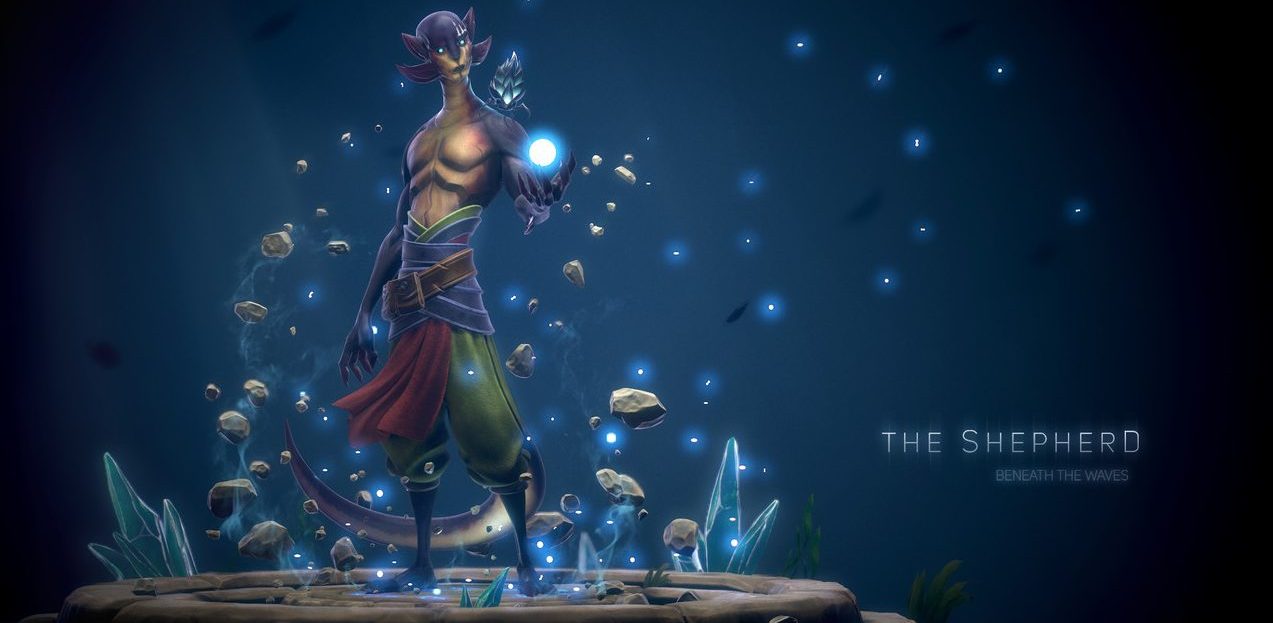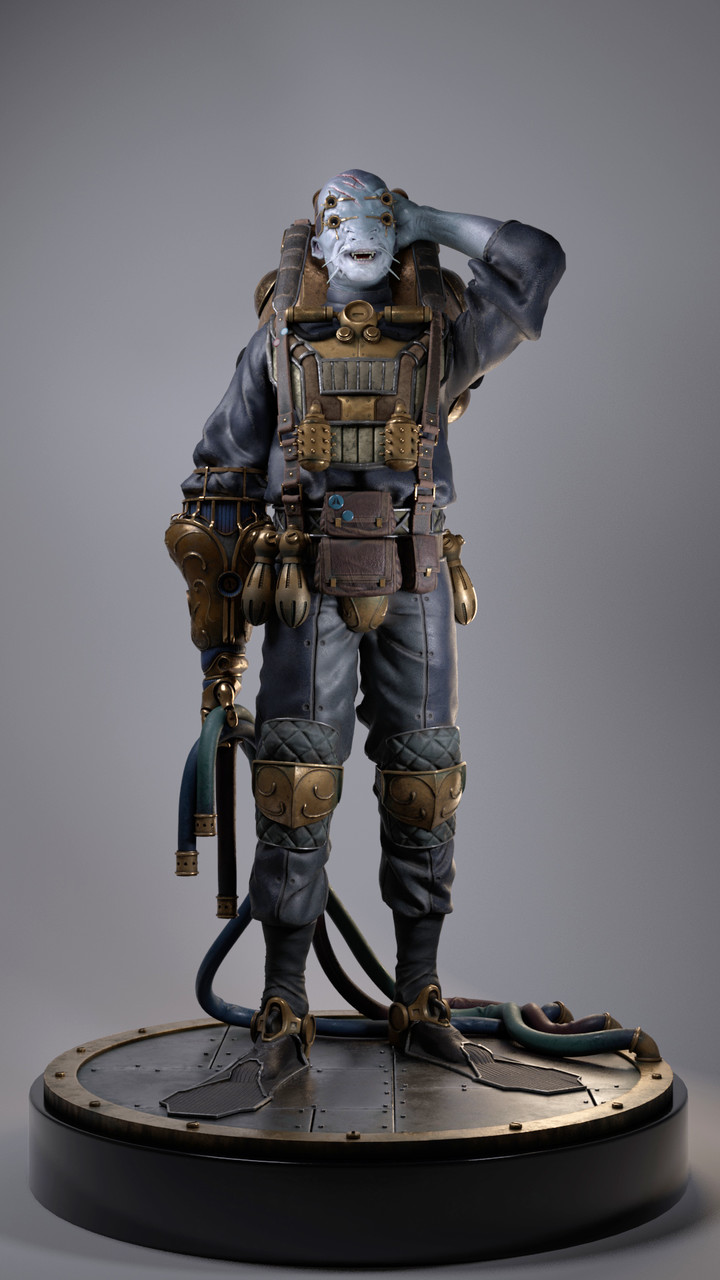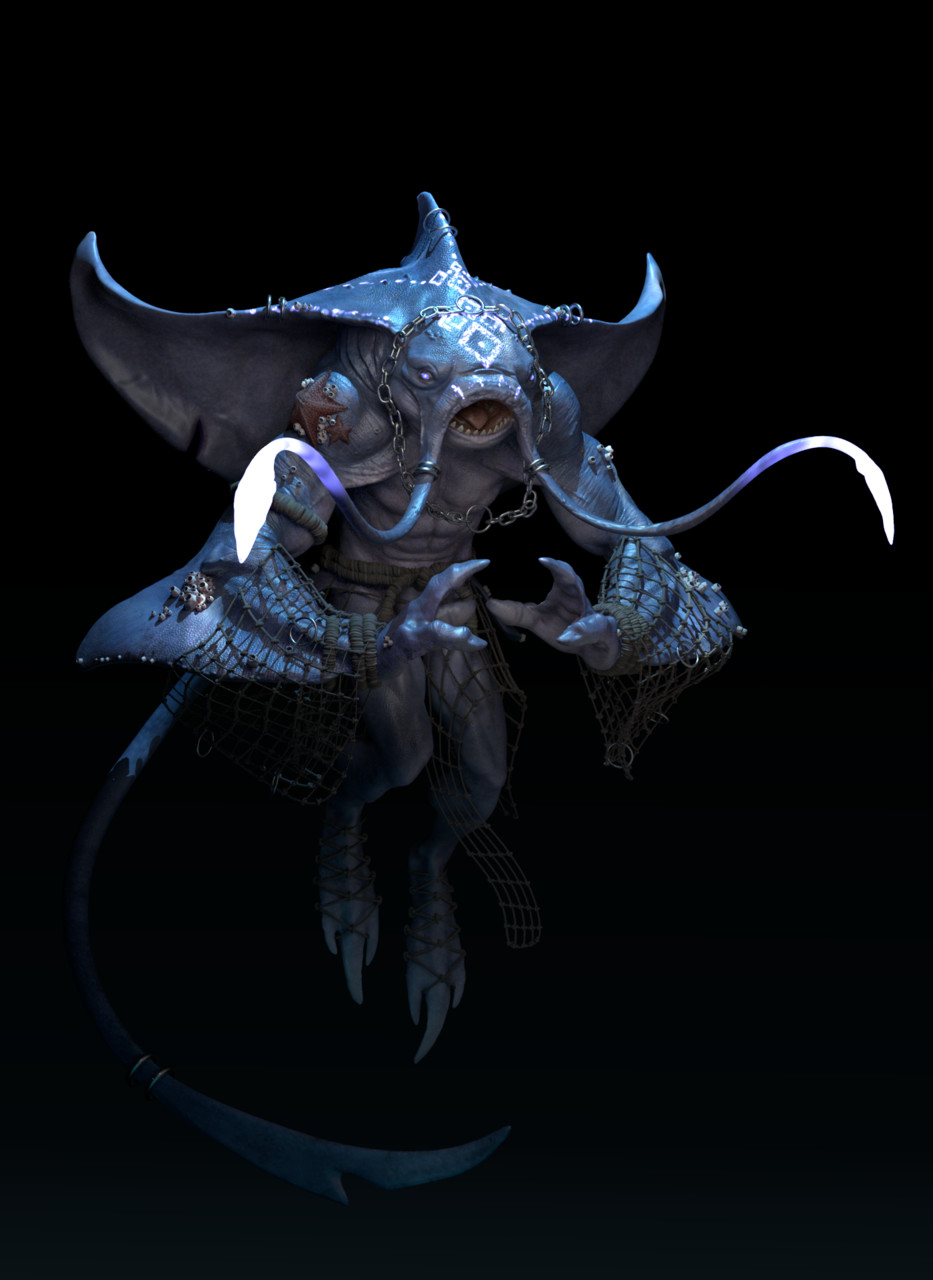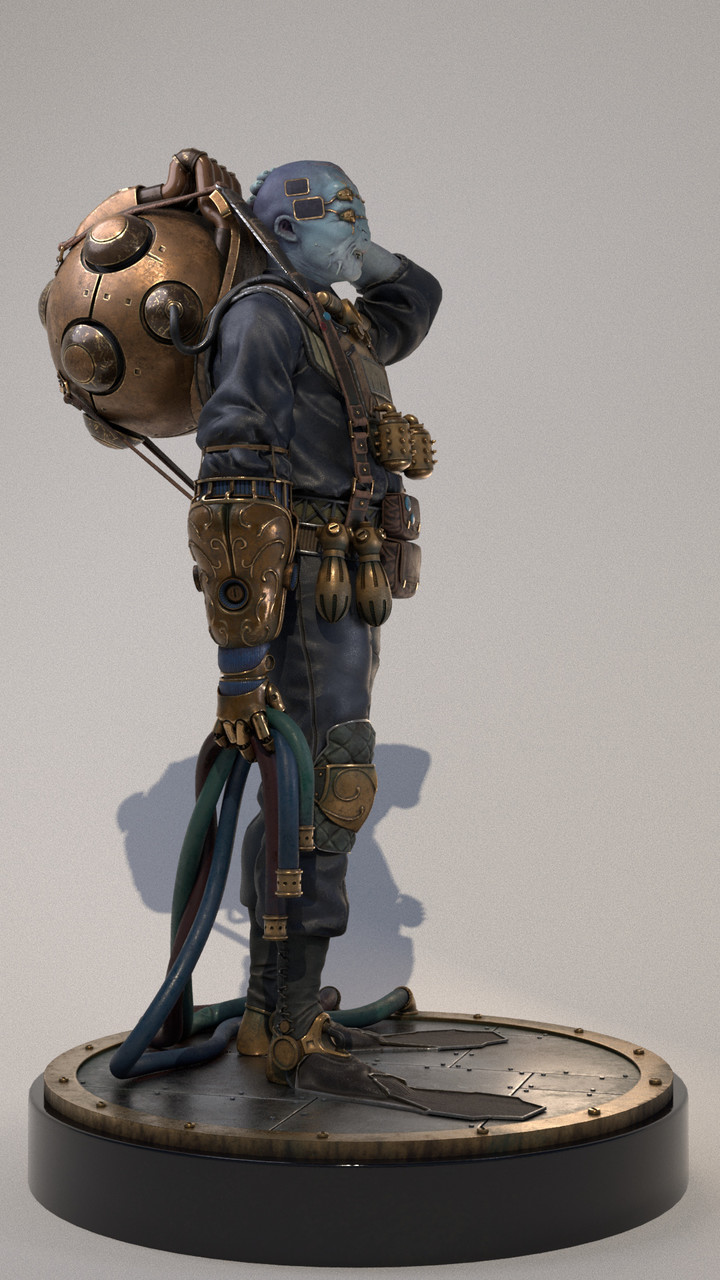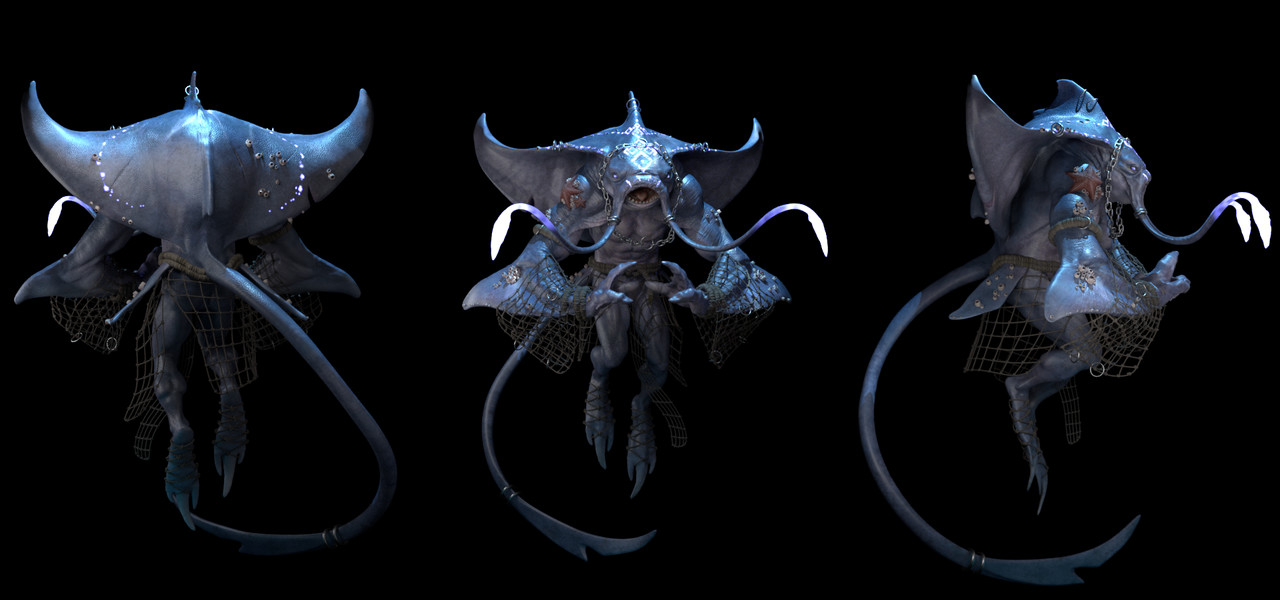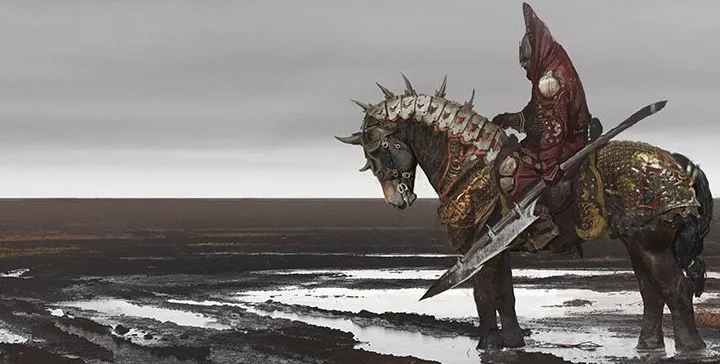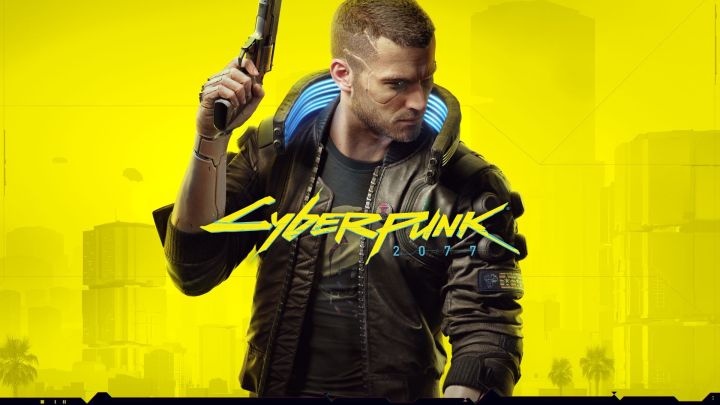Beneath the Waves: Film/VFX Winners Interview
For the Film/VFX Character portion of the Beneath the Waves Challenge, participants were tasked with producing a rendered aquatic character with no paintovers. Strong composition, modeling, texturing and lighting were the main judging criteria to evaluate the entries.
See all Beneath the Waves Film/VFX Character Submissions.
We chatted with winners Frédéric Arsenault, Hamish Mitchell, and Huascar Torales Acosta on their journey and got some great tips and insight for how you can succeed in the next challenge.
Tell us about the concept for your submission.
Frédéric: I ended up going with one of the concepts from Phase 1 since there was so much quality work to pick from. That being said, actually deciding on the concept became a challenge in itself. I had been following the concept part of the challenge since day 1 so I was trying to be as thorough as possible, scanning through the entries top to bottom and seeing if any really latched on. I had a handful of final picks but something kept drawing me back to “The Shepherd” by Esther Smisdom and in the back of my mind, I knew this was gonna be the one to go with.
Hamish: I decided to choose to use a concept from the first phase of the challenge. I had been watching the character design submissions of Tano Bonfanti and Giorgio Baroni, both of whom did some really awesome pieces. I really liked the approach that each of these artists were taking and definitely wanted to use one of their characters for my submission. In the end, I chose to go with Tano Bonfanti’s Beket, as I felt that it had alot of character and story in it.
Huascar: I chose Taran Fiddler’s awesome concept because it really fit my aesthetic. It was great to know exactly what I would be creating from the very beginning which meant I could immediately start sculpting.
What was your strategy and process for creating your piece?
Frédéric: I had actually competed in the previous Beyond Human Challenge and coming out of it, I learned a ton of valuable information that was able to help me this time around. Without getting actual feedback or specific critiques on my final product, I was able to decipher what elements complemented or brought down my final entry. I was trying to be as strategic as possible with my choice whilst not having to sacrifice my investment to the character or style for my concept of choice. Some things I knew I didn’t succeed in doing the first time around, I tried to avoid due to the fact that I didn’t want any of those things to impede on the final character. I wanted to do what I knew I could absolutely nail and execute to the best of my ability with the time given. Then, it was just a matter of being as efficient and clean with my workflows as possible to compliment the schedule I had planned out for myself.
Hamish: Well, for this challenge I wanted to take this opportunity to use it as a learning experience and develop my skills as much as I could. So my strategy for this was to try and be as efficient as possible by using software I was familiar with and streamline my workflow whilst also developing my skills in new software.
For my process, I did my blocking and all of my modelling in ZBrush, luckily Live Boleans where recently added which made some of the more complicated hard surface pieces, like the backpack, easier to create. Then a combination of Zbrush and Maya for retopology. As for unwrapping and setting up my UDIMs I used Unfold 3D which I was shown by my mentor Carlo Kasongo, who was a great help throughout the whole process with a lot of good feedback and little tips and tricks to speed up my workflow. Then for my textures I used Substance Painter, which allowed me to get some good looking results quickly. For my shading and rendering process, I used Arnold 5 for Maya.
Huascar: My goal was to get the body of the character fully realized as soon as possible. I spent most of the early stages of the challenge blocking out the forms, retopologizing, and texturing the body. After that it was a matter of making sure the assets, like the chains or starfish, fit the overall style of the mesh.
Were there any other submissions you were following?
Frédéric: Oh totally! There were a bunch, and to be honest it was this level of quality I wanted to see that really helped me push myself and improve my entry the best I could. The ones that really stood out were “Hako” by Crystal Bretz, I really liked the mood she was able to create in her scene. I had been following Julian Santiago before this challenge even started so to see him competing alongside me was inspiring in itself, and his final entry came out great! I was really impressed with Huascar’s entry as well and his interpretation on my favorite concept from Taran Fiddler’s entries. And of course Hamish Mitchell had one of my favorite pieces. His translation to 3D was amazing and I loved all the elements and materials he was able to pull off.
Hamish: Yes, there were a few entries that I checked in on throughout the challenge, mainly I was keeping up with other challengers in the Rendered/VFX category, mainly Frédéric Arsenault, who did a really great job on getting 1st place, and Quentin Chaillet, who had a really clear and clean process and some really nice shading work.
Outside of our category there were so many other great submissions that it was hard to keep up with them all, but I did keep up with (my brother) Cameron Mitchell‘s submission in the Environment Art category, which turned out to have a really nice atmosphere to it.
Huascar: My favorite work was from Crystal Bretz. She went above and beyond with the character and her final composition was amazing. I learned a lot from looking at her process.
What was the hardest part of the challenge for you?
Frédéric: Probably the initial sculpting block out phase to be honest. The simplicity of my model meant that there was very little room for error and it had to be as exact as possible – from modelling all the way to the final renders. Oh, and developing proper materials and shaders for rendering. I had always struggled a bit in the past with look development and since I had learned a few new tricks from the last challenge, I wanted to go the extra mile with this one and really push my presentation. Having actually rigged and animated my character and his companion was definitely a challenge but I was having a ton of fun with it so it didn’t ever actually feel like a chore.
Hamish: The hardest part for me was probably fitting in enough time for the challenge around my University work. It just so happened that the challenge was at the same time as the last few weeks before my dissertation submission for my honours year so things got pretty tight towards the end.
Huascar: The hardest part of the challenge was knowing when to stop and actually submit the piece. I tend to want to keep adding things so it was kind of nerve wracking to have to call it quits.
What’s your advice for future challengers?
Frédéric: Considering at the end of the day that this is a competition and that there are time constraints, it would be best to be as strategic as possible with your concept of choice. Being in love with a design doesn’t always have to determine your final choice. Of course don’t completely sacrifice that but you have to find the sweet spot and find something to execute beautifully and nail as best you can. That being said, not everyone is in this challenge to be as cutthroat as some. The entire experience has been extremely positive for me and I would strongly encourage anyone competing in the future to just have fun with it.
Hamish: In particular I would advise that you choose a concept that you can get really excited about, because it helps with the workload if it is something that you are invested in. Also, I would say that time management is one of the most important parts of the whole process. Plan out the time for each step of the model and try and hit those deadlines as best you can because you don’t want to spend most of your time trying to get a really tight model, but leave yourself less than 2 weeks for the texturing and look dev.
All in all, for anybody considering entering any part of the challenge, I would highly recommend to just go for it. Even though it may seem like a large task, it is most definitely worth it. It is such a great learning experience and a great time seeing all the other artists work.
Huascar: The best advice I can give future challengers is to take advantage of any help available. Being part of these challenges means being free to communicate with so many talented artists. Don’t be intimated or feel embarrassed when looking to others for advice. Getting a fresh pair of eyes on your work will only help you grow as an artist.
